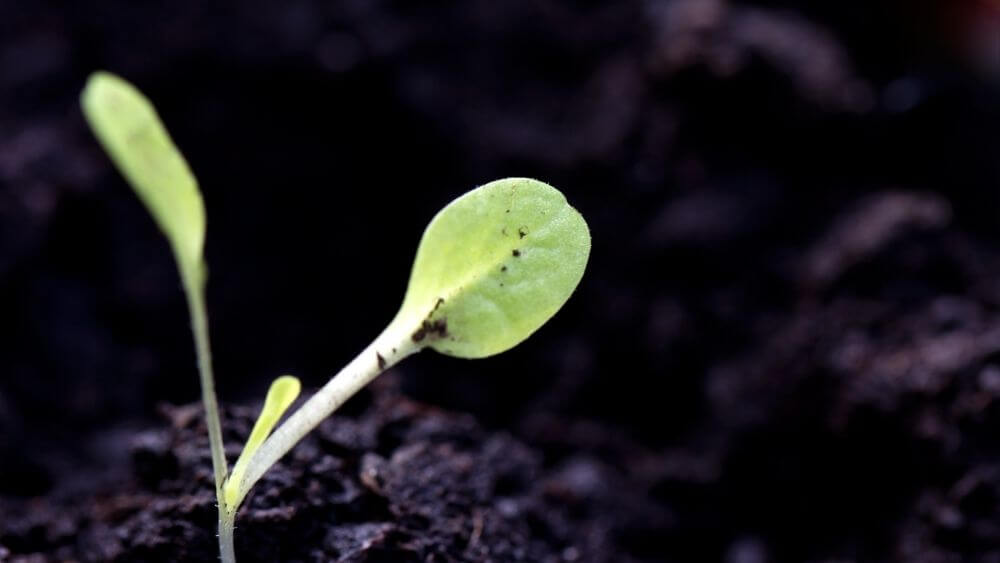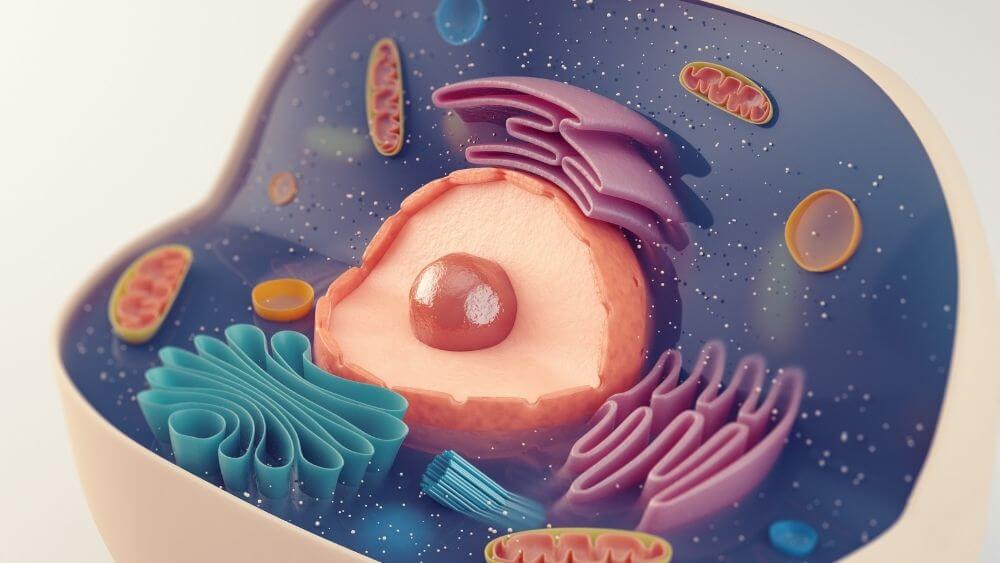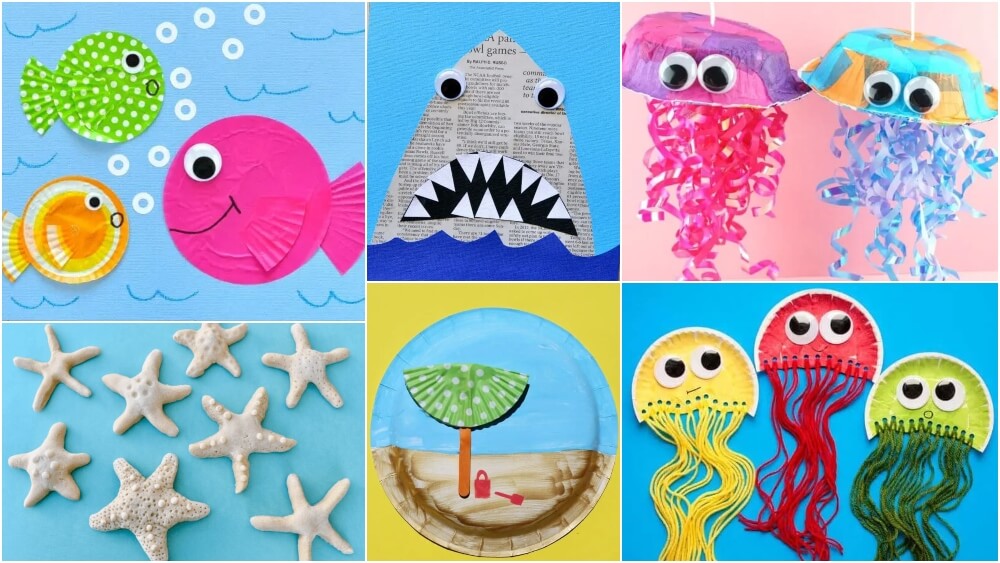Are plants alive?

Anything that is composed of cells is considered to be a living thing. Since plants and animals are composed of numerous cells, they are both considered to be living. The strongest evidence supporting the fact that plants are living is that they show the same cycle that all living organisms – plants, during their lifecycle, go through birth, growth, ageing, and finally death like all other living organisms.
During the daytime, plants perform photosynthesis to prepare food for themselves from carbon dioxide in the air and energy from sunlight, which helps in their growth. Plants increase in size as they undergo cellular division. It can also produce offspring for further generations through asexual methods of reproduction. It grows throughout its lifespan and eventually dies.
Contents
Five Kingdom Classification:
H Whittaker categorized all living organisms into broad five kingdoms. This categorization was based on the cellular structure, body organization, reproduction, etc. The Five Kingdoms are namely:
- Monera
- Protista
- Fungi
- Plantae
- Animalia
Let’s try to understand these kingdoms one by one:
Monera:
Bacteria fall under the Kingdom Monera. Bacteria are microscopic organisms and cannot be seen with naked eyes. They occur everywhere and play an important role in soil composition and fertility due to their role in decomposing organic matter. They are unicellular organisms – meaning they are composed of just a single cell, unlike human beings which are made up of trillions of cells. Examples are Coccus and Bacillus.
Protista:
Like bacteria, they are also unicellular organisms. They have cilia or flagella on their body for mobility. Some common examples of the Protista Kingdom are Protozoans and Slime moulds.
Fungi:
The fungi kingdom includes moulds, mushrooms, yeast, etc. Toadstools are also part of the fungi family. They play a major role to keep the environment safe by feeding on dead plants and animals. They have a wide role in both domestic as well as commercial applications. Most fungi are parasites – meaning they live off of other organisms and extract nutrients from them.
Plantae:
It is the kingdom that includes all the plants on earth. They are all multicellular organisms and have chloroplast which is the site of photosynthesis, thereby allowing plants to prepare food for themselves. They all have an autotropic mode of nutrition – this means that they are capable of making their own food from CO2 present in the atmosphere and do not have to depend on other living organisms for nutrition. It is one of the most vital kingdoms which supports all living organisms by providing oxygen. There are around 289,000 different kinds of plants living in the world.
Animalia:
All animals eat other living things for energy. They are multicellular organisms and are dependent on plants for food. Whether they run, crawl, swim or fly they must move around to find food for survival. About 1.5 million living species fall under this category. They have a well-defined nervous system and have muscles for locomotion and movement. Based on food consumption they are divided further into herbivores, carnivores, and omnivores.
Fun-Facts:
- All members of the Animal kingdom are “heterotrophs”. They are all consumers and cannot produce their own food.
- Nobody knows how many species of insects exist; the number is estimated to range from a few million to over 30 million.
Objective Questions:
- Which kingdom do bacteria belong to?
(a) Monera
(b) Protista
(c) Fungi
(d) Animal - Which of the following kingdom comprises mostly parasitic organisms?
(a) Fungi
(b) Plants
(c) Protista
(d) None of these - Which of the following characteristics does not belong to the plant kingdom?
(a) Photosynthesis
(b) Cellular division
(c) Multicellular organisms
(d) Parasitic nature - Which of the following organisms is unicellular?
(a) Protista
(b) Plants
(c) Animal
(d) None of these - Which of the following have an autotropic mode of nutrition?
(a) Plants
(b) Fungi
(c) Animals
(d) None of these
Quiz:
- All members of the Animal kingdom are heterotrophs. (T/F)
- There are around 289,000 different kinds of plants living in the world. (T/F)
- Plants during their lifecycle go through birth, growth, ageing, and finally dies just like a living organism. (T/F)
- Animals have an autotropic mode of nutrition. (T/F)
- Protista have cilia or flagella on their body for mobility. (T/F)






Responses